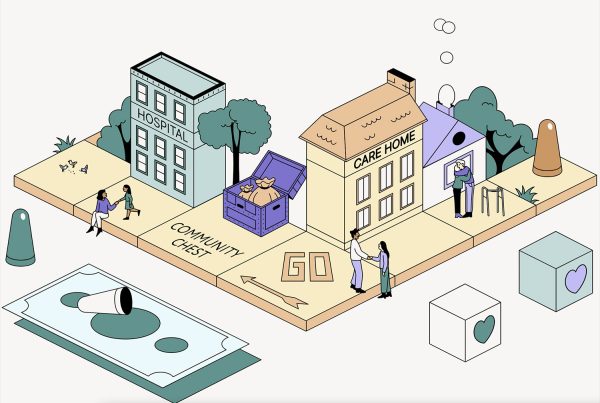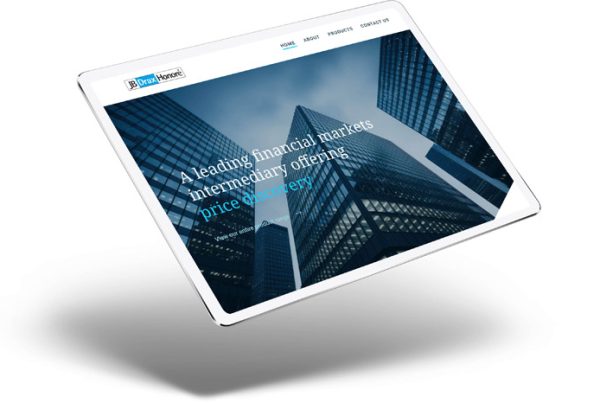What is wearable technology?
Wearable technology (wearables) is the term used to describe an item that can be worn that uses electronic capabilities to capture and relay information. Similar to a smartphone that you might carry in your pocket or handbag, a wearable is a device that can be worn as an accessory. Wearables often use tracking and motion sensors that collect data and notify you of changes in your personal environment. They can also sync up with your mobile device to give you notifications on the fly.
What started out with companies such as Fitbit, Jawbone, Pebble, Apple, Misfit and Withings creating wearable technology that was at first inspired by the fitness conscious demographic, has now expanded into a multi-million pound market-place with wearables now promising to do what our personal devices do, and more.
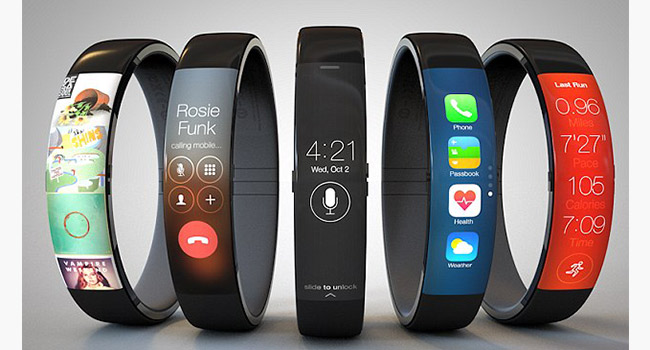
What wearable technology is available now?
Wearable technology has now evolved into numerous types of devices, including watches, glasses, headbands, t-shirts, socks, wigs(!) rings and more. These devices are being created for use with numerous applications, including personal and business computing, calendars, practical everyday tasks, fitness tracking, healthcare monitoring and social media. There are also some exciting developments in the pipeline such as including a wrist bangle with a built in projector function that essentially shows applications and web pages on a interactive digital display that expands from the device itself…It seems the possibilities are literally endless.
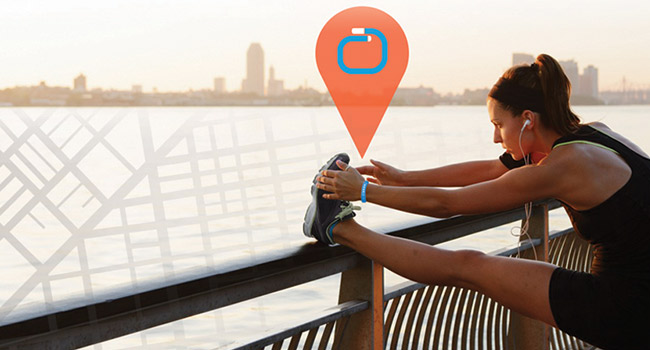
What do consumers want from their wearables?
- More computing power
- More intelligent sensors
- More reliable data
- More comfort
The desire for more functionality shows that is it likely that wearables will advance their capabilities and may perhaps eventually replace other digital devices. Reports have shown that production of these devices will not only stop at wearables that collect and relay data but move to gadgets that act as keys, help drive our cars, promoting the ultimate virtual reality user experience that synchronises with day to day living.
The wearable technology to….watch
Apple watch
This smartwatch has an 18-hour battery life complete with wireless charging system and offers features such as making and receiving calls, viewing emails, messages and social media notifications. Although the apple watch doesn’t come preinstalled with a web browser, one developer known as ‘Comex’ has managed to create a hack that managed to get the Apple Watch OS to access google.com. In this example of the hack the user had to adjust the screen several times in order to make the search bar visible and the web page was clearly not built for access on such a small screen.
Tech Crunch research (conducted in 2014) revealed that that only 14% of time spent on mobile devices is in the browser compared to 86% in apps – but perhaps Apple’s reason behind not including a web browser in this initial launch of the Apple watch is down to web design not accommodating the smaller screen size? It is also apparent that a lot has changed in the last 12 month and although Apple CEO Tim Cook describes the Apple watch as the most ‘advanced timepiece ever created’ users are arguing the point that it should at least have some search function to allow them to browse the web if not a browser.
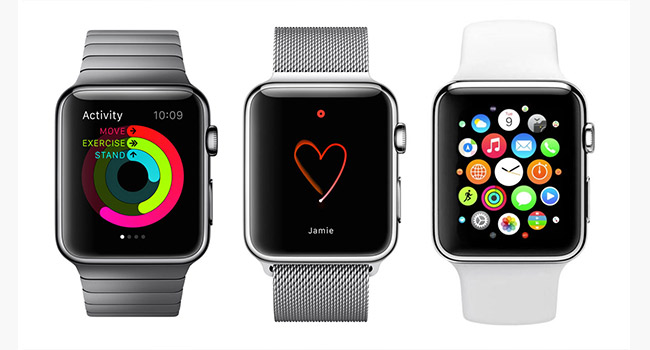
The wearable technology that never got off the ground
Google Glass
Google Glass is the wearable tech invention that has been quite a spectacle of media attention recently for all the wrong reasons. The optical head-mounted display was developed to become a ubiquitous computer which is essentially a hands-free smartphone. But most people found that it was a step too far in response to increasing web usability and the UX. That being said, there is news of further developments of the product to try and bring it to the mass consumer market. So watch this space.
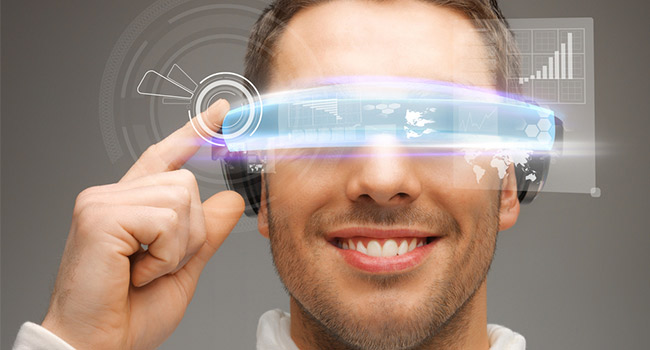 Google Glass
Google Glass
How do wearables affect web design?
It is not yet 100% clear as to whether wearable tech will advance to a point (any time soon) where we are all using them ahead of smartphones and desktops to access the web. But with over 60% of internet traffic now coming from mobile devices, it would be very naive of us to just ignore the potential of wearables in relation to internet usage. Research has shown that 83% of web professionals now believe that there will be a massive growth in wearables in the next 10 years – meaning that not only will these items need to become even more responsive to real-time conditions but the interfaces and the navigation will have to be even more intuitive.
5 ways for web designers and web developers to prepare for the rise of wearable technology
-
- Responsive designIn order for websites to translate well onto the smaller screen size responsive design will have to be reassessed. Although many articles describe responsive websites as pages that can be viewed across all devices and browsers, this umbrella term doesn’t really take stock of these smaller screen sizes. Web design is an industry which has changed dramatically in the past decade and the advancements in responsive design and web usability alone has become far more intuitive and engaged with the user experience than ever imagined. So for an industry that is always evolving, these new technologies are testimony to why that evolution has to continue and why web designers should not disengage with ‘wearable’ technology on the pretence that it might not ever effect them.
- InteractivityEase of interactivity is paramount for wearables. Ease of access, ease of use and overall efficiency. This is why in order for web designers and web developers to ever be available to achieve this maximum amount of ease in their website functionality, it is important to maximise the intuitive navigation of website design and also to embrace minimalism. It is possible that wearable devices will work with voice control and intuitive modes of physical navigation (body gestures) and therefore web designs will have to accommodate this type of technology too.
- ReadabilityIn order for text to render correctly on small screens, the fonts must be much larger than the ones used for mobile or tablet. Even at 16px text may be too small to read without lifting your wearable towards your face. Web design may have to incorporate voice response, or a highly refined search functionality which reveals only the exact information that you are looking for and discounts the rest.
- Design Aesthetics
Wearables, like fashion items, are designed to be worn and look good. The big name brands have teamed up with fashion designers to help create very beautiful wearable gadgets that look sleek and perform well. This is why the aesthetics of the digital information accessed via the wearable must also adhere to these guidelines. Optimising images and text for mobile-sized screens was the latest issue and then the introduction of tablet devices also meant that web designers had to change the way that they developed web pages. Now with the introduction of even smaller screens a new challenge has arisen – how can existing designs be reshaped to fit these new boundaries, or how can we redefine responsive design for a universally available, flexible, design aesthetic.
- Instant informationAs society becomes more familiar (and slightly obsessed) with instantaneous information available to them, it is important that the functionality within web design also has this same element of speed. Nobody wants to spend hours trawling a device to find a piece of information they require quick access to. The thing with wearables is that the experience of using one is less distracting than say a smart phone or desktop. Perhaps the fact that the information easy to glance at is perhaps what makes them so appealing. Wearables make it easier to quickly monitor important emails and information without disengaging from the world around you. Our need for speed means that websites and applications need to ensure a quick load time, for instant information.
Potential problems for web designers designing for wearables.
– Current limits of responsive design
– The different behaviour of wearable interfaces shows that they have not been developed specifically for web browsing
– Optimising text for such small screen sizes
The Internet of Things
Wearables were initially developed so that data could be collated by sensing changes in your day to day life. For example your heart rate, amount of time sat down and body temperature can be gauged throughout the day. The world wide web has become such an intrinsic part of our lives that the mentioned personal data and the whole of the online world are soon to become interlinked and has been called ‘The Internet of Things.’
‘The internet of things'(IoT) was a term coined by Kevin Ashton as a way to say that the creation of the internet and its content has been a completely man-made evolution of data. This term (IoT) has too evolved and is now used to describe objects or software embedded within electronics and sensors (inclusive of wearables) that build a network of accurate data and a monitoring system that goes beyond machine-to-machine communications.
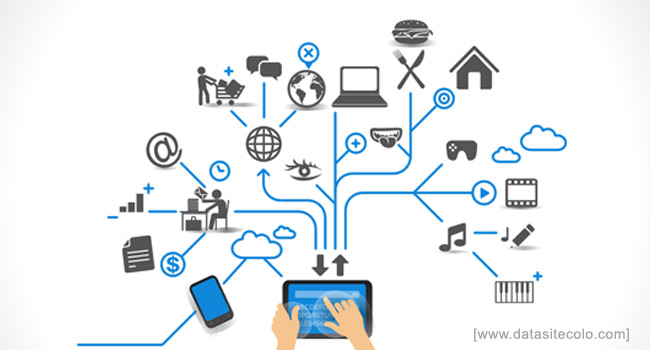
Computers just 10 years ago would solely rely on human-input in order to function. Now we are building computers with senses of their own. We are now able to monitor health, well-being, ecological and environmental changes all within a device that can track, monitor and notify of all these changes. This could potentially reduce worldwide waste, loss and cost. Ashton says that with the implementation of IoT ‘We would know when things needed replacing, repairing or recalling, and whether they were fresh or past their best.’
Although these technological advances can potentially assess quite large scale data, alongside wearables will come technologies of quite advanced calibre, eventually to also be available commercially. With these developments will come the inevitable evolution of web design and web development as we currently know it – and we need to be aware and ready for it.
Food for thought
What affect could wearables have on website SEO? How will companies keep their identity in a world of minimalism? How can responsive design adapt and develop to work with these technological advances?
If you would like more information about this topic, or if you have any further ideas please let us know.
Here at Reactive Graphics we are always engaging with innovative ideas and hoping to expand our expertise alongside such advancing technologies.
We offer a bespoke web design and web development service – if you need help on your next project pleaseget in touch.

